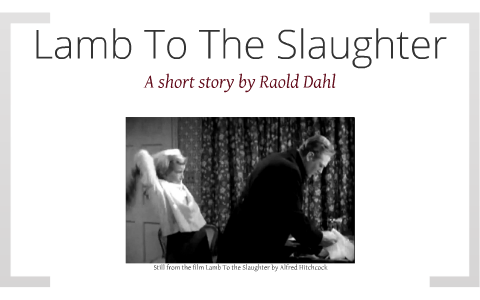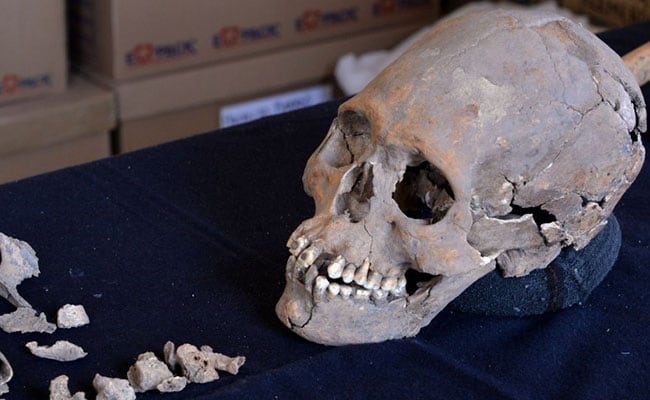A Critic's Meta Review: 3.5/5 + 4/5

“The Skeleton” + “Kankal” (a REVIEW x2)
To facilitate the process of thorough literary review, I have devised a new mechanism (new to me, at least) that will allow me to comment on both the original work and any subsequent adaptation that may have come about in the years following its publication. This, I believe, will prove especially useful as I delve further into the realm of short stories, as I have found that in most cases - save for instances when the author is a skilled enough wordsmith to paint a vivid enough picture in the reader’s head to where a literal visual is not needed (which is a very rare occurrence, in my experience) - the medium of the short story is rather restrictive when it comes to stretching the written word to its outermost limit.
This is not to say that I do not enjoy reading them, as I most assuredly do; as a matter of fact, I have made it a habit, upon finding out that a particular film or television program is based on a short story, to track down the story on which it is based and give it a close inspection before diving into whatever piece of media ended up inspiring.
In this particular scenario, the original story was “The Skeleton”, published in 1892 by none other than the Bard of Bengal - Rabindranath Tagore himself - while the work that it led to was an episode of the 2015 Hindi television program Stories by Rabindranath Tagore entitled “Kankal” (the Hindi word for skeleton; in Bangla, the word is konkaal, but since the whole show is in Hindi it would not have made much sense to use a Bangla title, even though it is set in Bengal and based on a work written in Bangla by a Bengali...go figure, mate).
The story is pretty good. It is certainly well written, as is to be expected when it comes to Tagore, with a clearly masterful command of narrative techniques such as pacing and suspense; furthermore, Tagore makes use of several tropes - arranged marriages, silly superstitions, gaudy wedding ceremonies - that are ubiquitous throughout Indian culture.
So there you have it - as far as the writing itself goes, I was unquestionably impressed. The plot, however, leaves a little to be desired. It is not that it does not make sense, or is contradictory at times, or even that I found it to be implausible (as it is somewhat of a ghost story, in a sense, I was well aware that suspension of disbelief was to be required going into it). None of these things were what led to my mild dissatisfaction with the plot (emphasis on mild, as I do still think that it is a good story and definitely worth reading, as it is quite short).
It was just a little too simplistic for my tastes. I know that sentence probably makes me sound like a bit of a pompous prick, but hear me out here. I love a simple, straightforward story - hell, just the other week I was raving about Roald Dahl’s “Lamb To The Slaughter” and the beauty in the elementarity of it all.

But there was nothing “simple” about this - just simplistic. The writing was far too ornate for the plot that it was being used to convey, if that makes sense. Maybe it doesn’t. I don’t know - this is all just, like, my opinion man.
Moving on, despite not being as pleased with the story as I had wished (confirming the necessity of going into things with no expectations), I was still fairly enthusiastic to watch the television adaptation. This was not because I thought that, with all of the modern cinematic techniques available at a storyweaver’s disposal these days, the tale that I felt had not lived up to its full potential was going to somehow take on a new life and now wow me.
This was not the reason why I was excited to check it out. I was excited to check it out because, in the story, the woman who the skeleton belonged to described herself as so beautiful that it caused our narrator to stay up all night and listen to her talk. Knowing how valuable sleep is to the average Indian dude (especially one as studious as the narrator is characterized to be), I was intrigued.
Good lord was this girl gorgeous. Drop-dead gorgeous - and all-natural, at that, with not even an air of insincerity about her. As for the adaptation itself, it was done gracefully, with a healthy amount of variance in its direction to make it more captivating to the viewer than the initial story had been to the reader (at least to this reader). Even though I knew how it was all going to end, I still felt like the show did a good enough job at building suspense that I was just as enthralled as I would have been had I not known.
Check both out, and then decide for yourself.


